How To Lower Risk in the Workplace
Lowering Risk in the Workplace
As an employer, risk management is an issue you simply can’t afford to ignore. If you let safety standards slip, you may put you personnel in danger and you could end up facing potentially costly and damaging legal action. With this in mind, here is a brief guide to controlling risk in the workplace.
Do a risk assessment
First and foremost, you’ll need to complete a risk assessment. You’re legally required to conduct these analyses, and if you have five or more employees, you must record your findings. These assessments can seem daunting at first if you haven’t completed one before, but in fact they’re relatively straightforward as long as you know what you’re doing.
The first stage involves identifying all the hazards facing your employees. When you’re doing this, inspect your premises and equipment carefully, and look back at your accident and ill-health records. This can help you to spot less obvious dangers. Make sure you include non-routine operations too, and remember to take account of long-term risks to health, such as exposure to high levels of noise.
You’ll then have to decide who may be harmed and how. Bear in mind that some personnel, such as young workers, expectant mothers, people with disabilities and contractors, may be at an increased level of risk.
Once you’ve collected this information, it’s time to evaluate the hazards and decide on suitable precautions. You’re not expected to eradicate all dangers, but you must ensure you know about the main risks and establish effective ways to control them. Safety measures can include such things as changing your working practices, preventing access to hazards and issuing protective equipment.
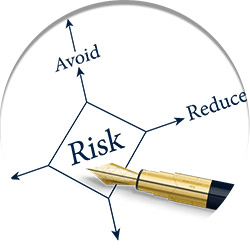 You should then record your significant findings, and be aware that risk assessments aren’t something you can do and then simply forget about. Few workplaces stay the same and as and when changes occur in your firm, you’ll need to review this assessment and update it if necessary. For example, if you change your equipment or procedures, you will have to revisit your risk analysis. You might also have to re-evaluate it in the wake of any accidents, injuries or illnesses.
You should then record your significant findings, and be aware that risk assessments aren’t something you can do and then simply forget about. Few workplaces stay the same and as and when changes occur in your firm, you’ll need to review this assessment and update it if necessary. For example, if you change your equipment or procedures, you will have to revisit your risk analysis. You might also have to re-evaluate it in the wake of any accidents, injuries or illnesses.
Make sure your personnel are properly trained
Another crucial step in managing risk in your workplace is ensuring your personnel are properly trained. There are now a range of NEBOSH, IOSH and other courses available that can help to boost awareness of health and safety issues among your personnel. On a more basic level, your staff members must receive training in the specific dangers they may face in their roles, and how they can control them.
Keep your workers safe and boost your peace of mind
By taking the issue of risk management seriously and introducing effective measures to mitigate dangers in your workplace, you can help to keep your employees safe and you can boost your peace of mind. Meanwhile, following the advice provided in this guide isn’t difficult. As long as you understand your responsibilities and take the appropriate steps, you shouldn’t struggle to protect your personnel.




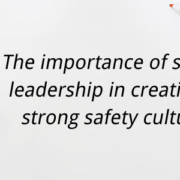

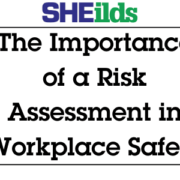
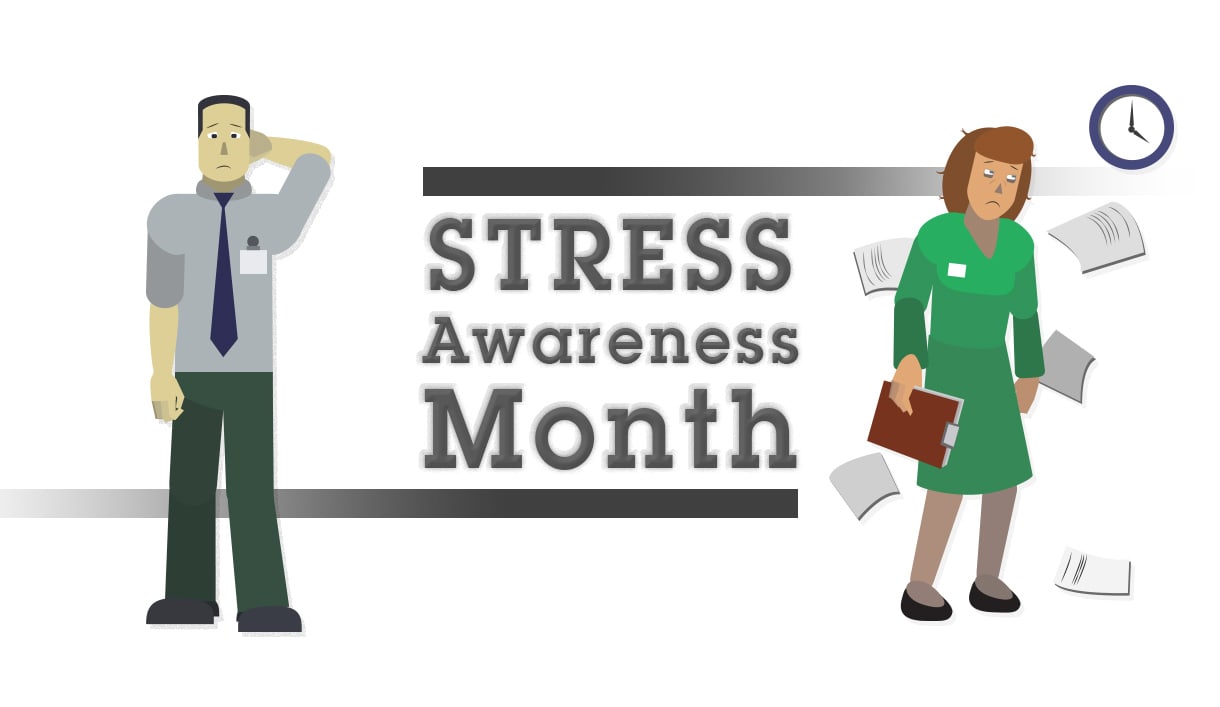
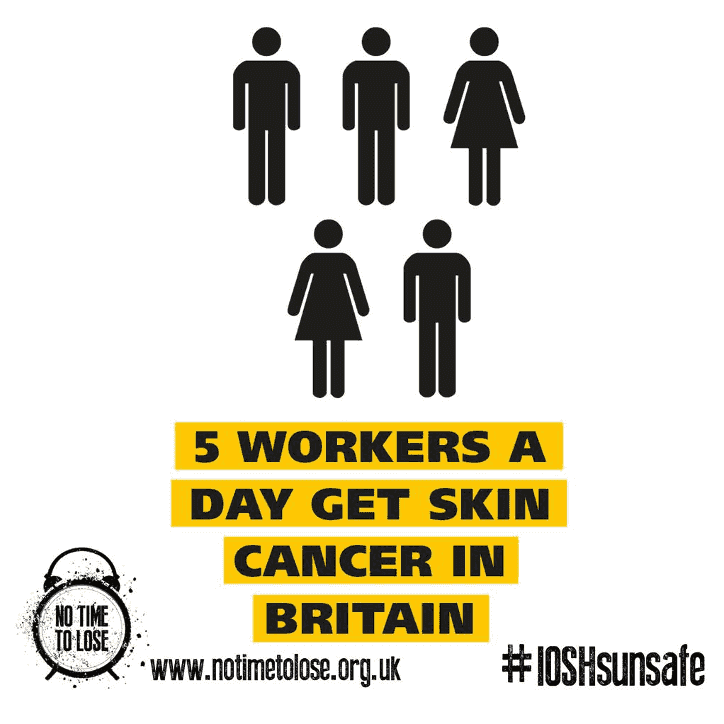

How do I go about asking for My right from my employer who has ignored me after being assaulted in the line of duty by guest of the company. How can I put safety controls in place as a safety and security officer
Hello Rasul,
Thank you for your comment, without further specific details it’s difficult to provide a full answer to your question, although the below should be useful to you.
The employer has rights under the Health and Safety at Work etc. Act 1974 to provide a safe workplace and if the individual has been assaulted then their safety has not been protected. The company needs to address this. It should have been reported for the accident records and investigated. A violence policy should be instigated to state the company’s stance on violence in the workplace and measures they take to prevent this.
The employer has a legal duty to protect their workforce and if this is not undertaken and the individual is not getting the action that is required in regards safety from the employer then if they have a trade union they can be contacted or the individual can contact the HSE anonymously stating their concerns and the HSE may investigate.
Best regards
SHEilds